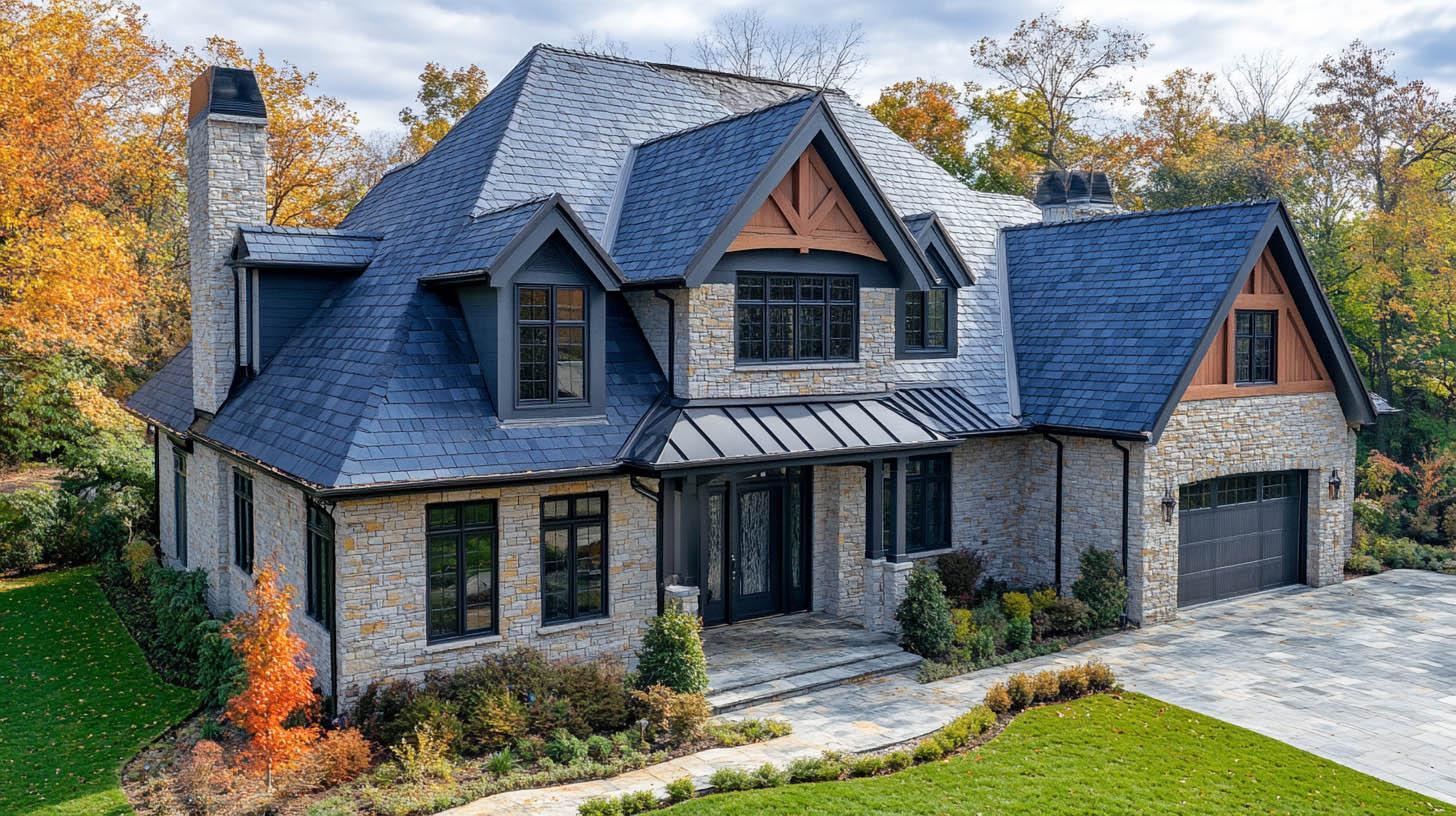Roof flashing plays a pivotal role in safeguarding your home from the elements. It’s a protective barrier that ensures the longevity and durability of your roof, especially in areas prone to water accumulation. At Super Eagle Roofing, we understand the significance of roof flashing and emphasize its proper installation and maintenance.
Why Roof Flashing is Indispensable
Your roof’s primary purpose is to shield your home from external elements, with rain being one of the most persistent threats. Over the millennia, humans have devised various methods to keep rainwater at bay. While modern roofs are designed to last decades, they still have vulnerable points susceptible to leaks. Flashing addresses these weak spots.
Joints and penetrations are the most vulnerable areas on any roof. Joints are where two roof slopes converge, such as in valleys or where dormers are attached. Penetrations, on the other hand, are points where there are openings in the roof, like vents, skylights, and chimneys. Flashing, made from water-resistant materials, is strategically placed in these areas to redirect water away, ensuring it doesn’t seep into the house.
Evolution of Flashing Materials
Historically, installing flashing was a labor-intensive process. Before the advent of sheet metals, materials like birch bark served as flashing in some homes. With the introduction of sheet metal, the installation process became more streamlined.
Lead was one of the first materials used for flashing due to its incredible durability, with some lead flashing lasting up to 500 years. While lead is still used in specific applications, other materials like copper, steel, zinc, and aluminum alloys have become more prevalent. Rubber and plastic are also used, though they may degrade faster under prolonged sun exposure.
Key Areas Requiring Roof Flashing
- Valleys: These are junctions where two roof slopes meet. Given the volume of water they handle during rains, valleys are equipped with long sheet metal pieces shaped to fit snugly, overlapped by shingles for a watertight seal.
- Chimneys: These require specialized flashing. Step flashing is used on the sides, directing water away from the chimney. An apron, a large sheet metal piece, is placed below the chimney, while a cricket, resembling a small dormer, is installed above to guide water around the chimney.
- Skylights: These are sealed tightly with continuous sheet metal flashing on all sides, often complemented by rubber gaskets.
- Dormers: These joints in the roof are sealed with sheet metal similar to valleys, while the walls of the dormer are sealed with step flashing.
Ensuring the Longevity of Your Flashing
The lifespan of your flashing may vary based on the roofing materials used. For instance, while tile and slate roofs last longer, their flashing might need replacement sooner. At Super Eagle Roofing, we recommend inspecting asphalt shingle roofs every three years and tile or slate roofs every five to seven years. Regular inspections ensure that your flashing remains in optimal condition, preventing potential leaks.
If you’re in the Ames IA area and need a reliable roofing contractor Ames IA residents trust, look no further than Super Eagle Roofing. Whether it’s roof repair Ames IA homeowners require or a complete roof replacement Ames IA residents can rely on, our team is here to help. Don’t wait for a leak to address your flashing concerns; let Super Eagle Roofing ensure the longevity of your roof.
If you want to go green with sustainable roofing solutions, click here.



